Tips for a profitable lambing season
Why are lamb losses so high and how to reduce them Winter is drawing to a close, however it is still cold across a large portion of Australia and...

With a solution-focused approach, we collaborate closely with clients and consultant teams to align on scope, time frames, design objectives, and cost. We’re committed to delivering a strong return on your investment. Are you interested in our work in the commercial and industrial sectors?

Our client, a vet and sheep farmer, needed a shearing shed and yard cover designed for efficiency and innovation. Partnering with our team, he collaborated with fit-out providers to create two custom steel structures tailored to his farm’s needs. His farm is now equipped for better working conditions and long-term success.

Providing Industry-Leading Steel Building Solutions
Central Steel Build, committed to innovation, quality, and customer satisfaction, has solidified its reputation as an industry leader. We're revolutionising agricultural structures, and transforming how farmers and producers approach building solutions. If you’re interested in our work in the agricultural sector, read the article to discover how we’re transforming building solutions.

Oritech combined office and warehouse
Oritech Pty Ltd partnered with us to build a modern office and warehouse facility in Mitchell Park, Victoria. The design featured innovative L-shaped tilt panels for both function and style. Using our Pro. building approach, we delivered a durable, cost-effective, high-quality solution. Seamless collaboration ensured the project was completed on time and within budget.

A farmer in Wyangala, Central West New South Wales, has transformed her dam from a fallow Australian farm watercourse into an ecological wonderland. Trudi Refshauge describes the dam originally being a ‘moonscape’ with hardly any flora or fauna activity, however it is now flourishing, providing refuge for birds, reptiles and insects.
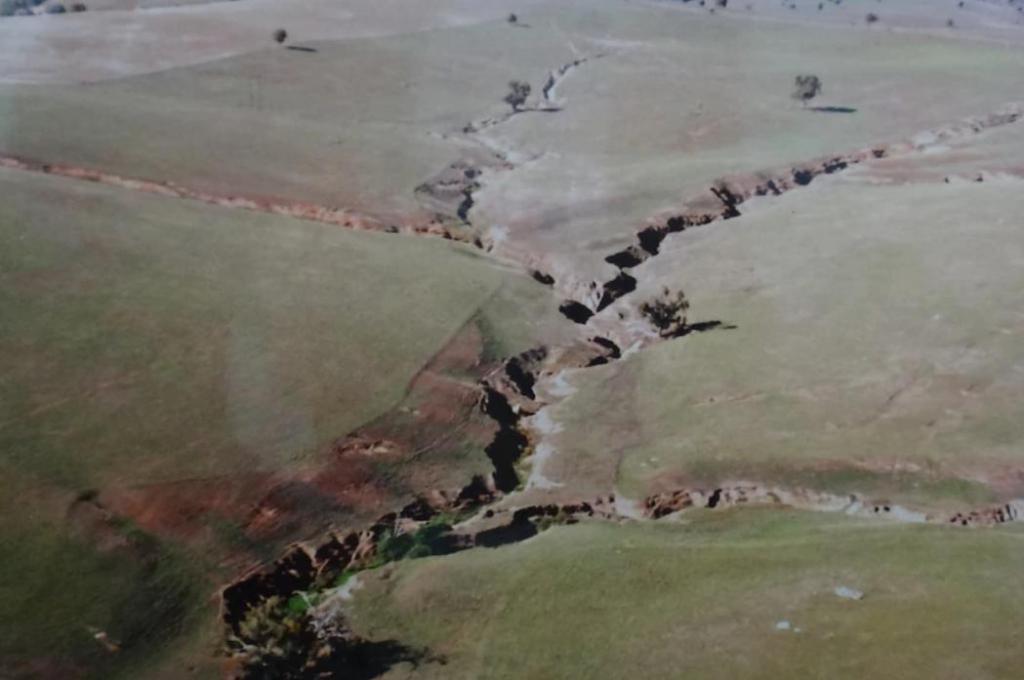
The Sustainable Farms project run by the Australian National University began the transformation when looking into the benefits of improving biodiversity around dams on farms. Ms Refshauge fenced off livestock, planted an array of native trees, reeds and shrubs and built an island for frogs in the centre of the water.
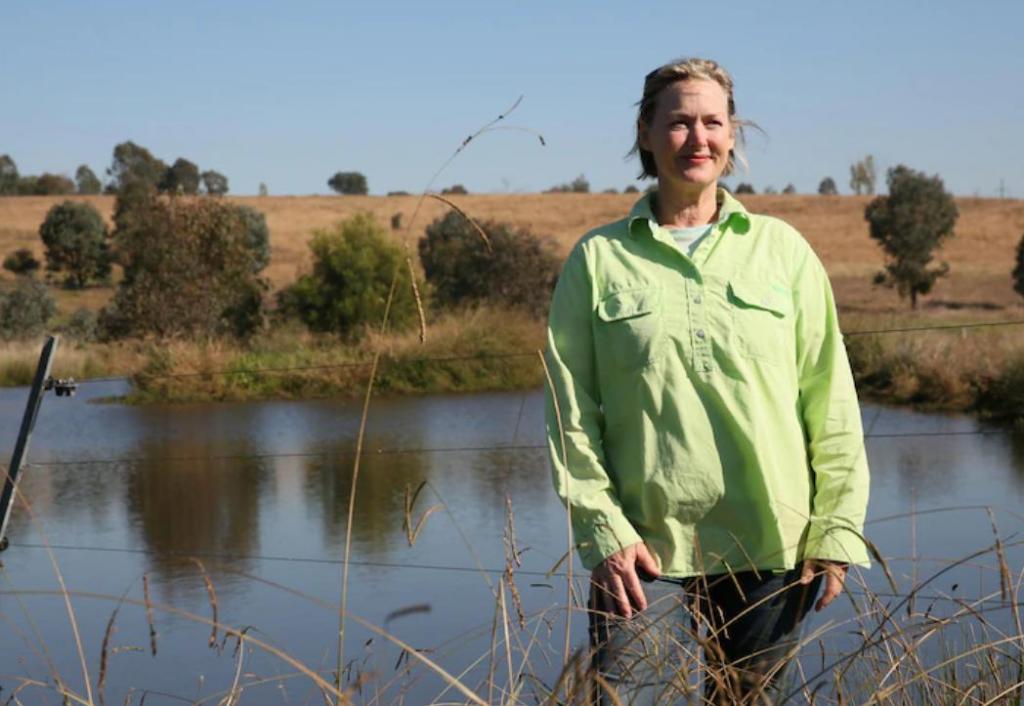
Since the changes were made Ms Refshauge was amazed at the differences around the dam as nature took its course. “It’s a native wonderland and nature has taken care of a lot of it,” she said. “We’ve got the most gorgeous local eucalyptus trees, little native birds are nesting around it, we’ve got turtles in the dam and even native ducks.”
Barred from direct access to the dam, livestock drink from a trough fed by the dam. Ms Refshauge comments that the stocking rate improved and the cattle are fatter than ever since the changes were made to the dam. ANU research ecologist Benjamin Scheele said the scant existing research showed “higher quality water has about an 11 percent benefit in terms of weight gain”. After extensive research Scheele found that the cost benefit factor ranged from 1.5 to 3, which inferred the investment in infrastructure to fence off and trough from a water source would pay off at the market within a few years. He states that “farm dams play a vital role in our ecosystem across farmland,” most dams are desolate places that were built long ago.
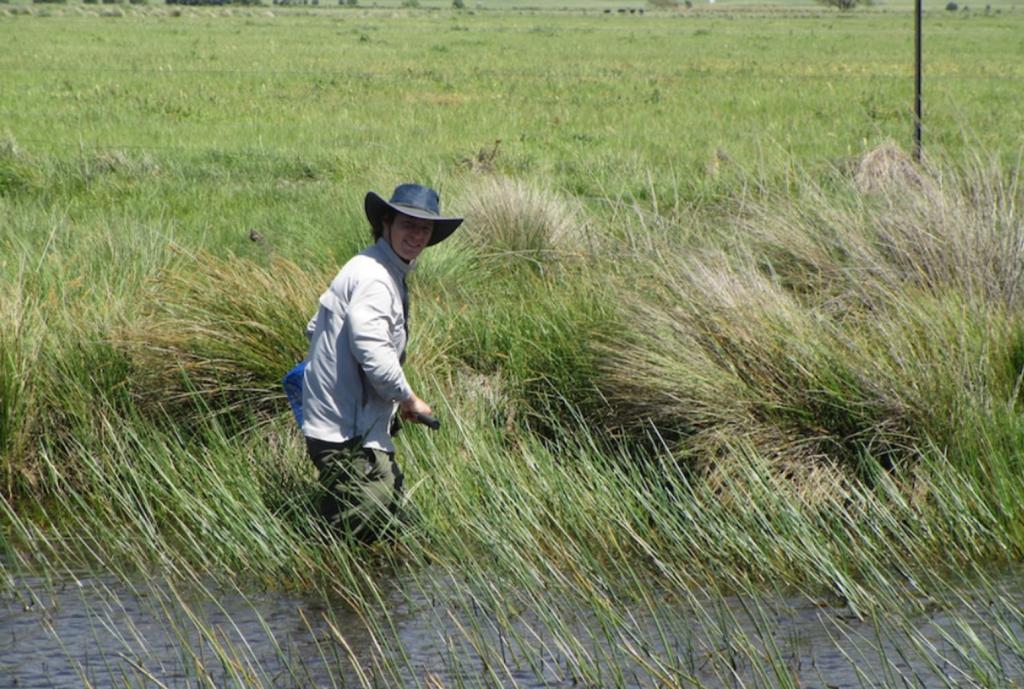
To revive a dam, livestock access must be restricted to minimise the amount of animal waste washed into the water. This allows vegetation to establish itself on the surrounding walls and filter out material as it gets washed in. “You get much clearer and less salty water, but also levels of nitrogen and phosphorous in the dams that are fenced are much lower,” Dr Scheele said.
Farming practices in Australia are improving, constantly finding new and eco-friendly ways to maximise profitability and sustainability. The ‘wonderland’ dam is an exceptional example of how scientific evidence and practical knowledge can benefit farmers and the environment simultaneously.
Information credits: abc.net.au
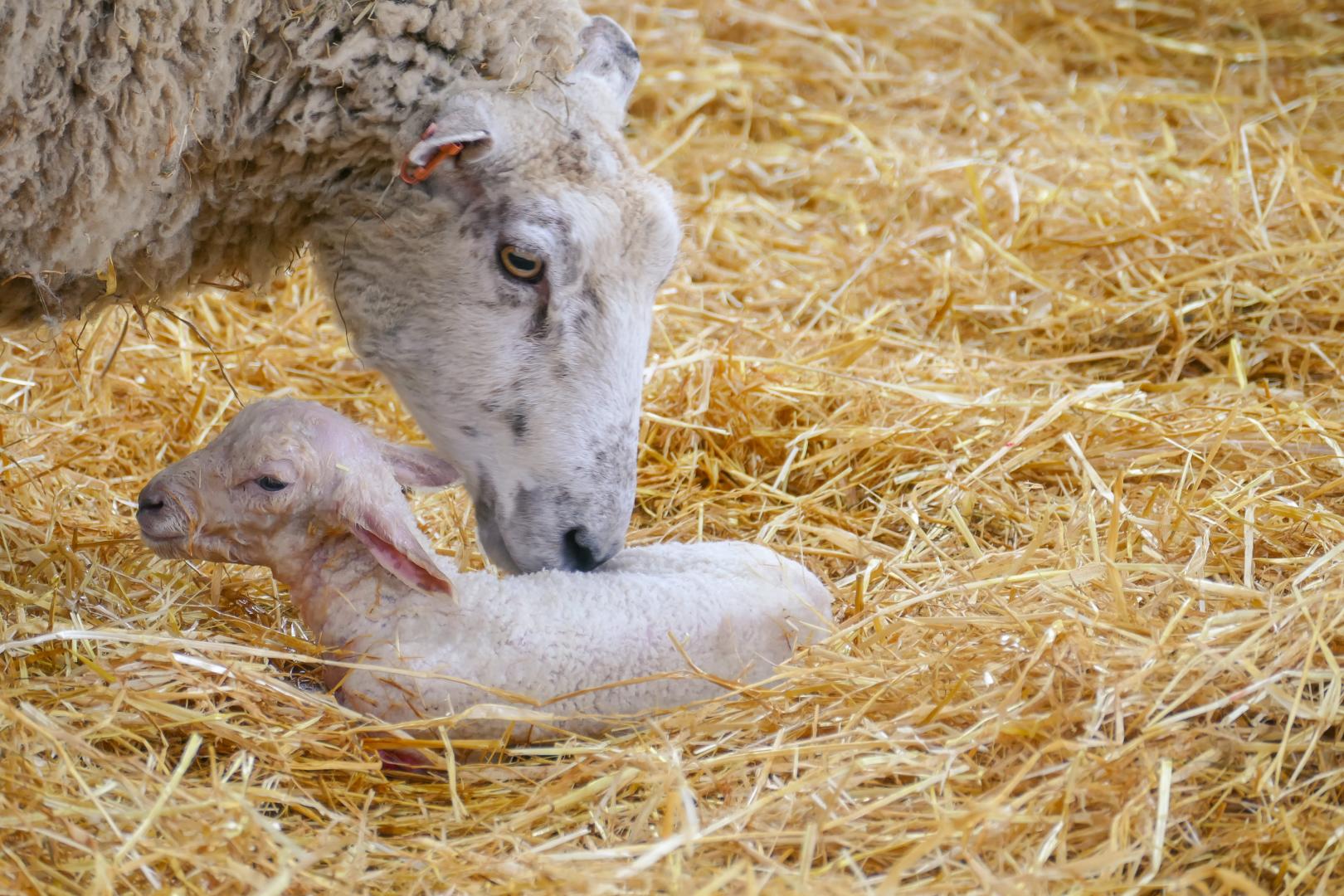
Why are lamb losses so high and how to reduce them Winter is drawing to a close, however it is still cold across a large portion of Australia and...
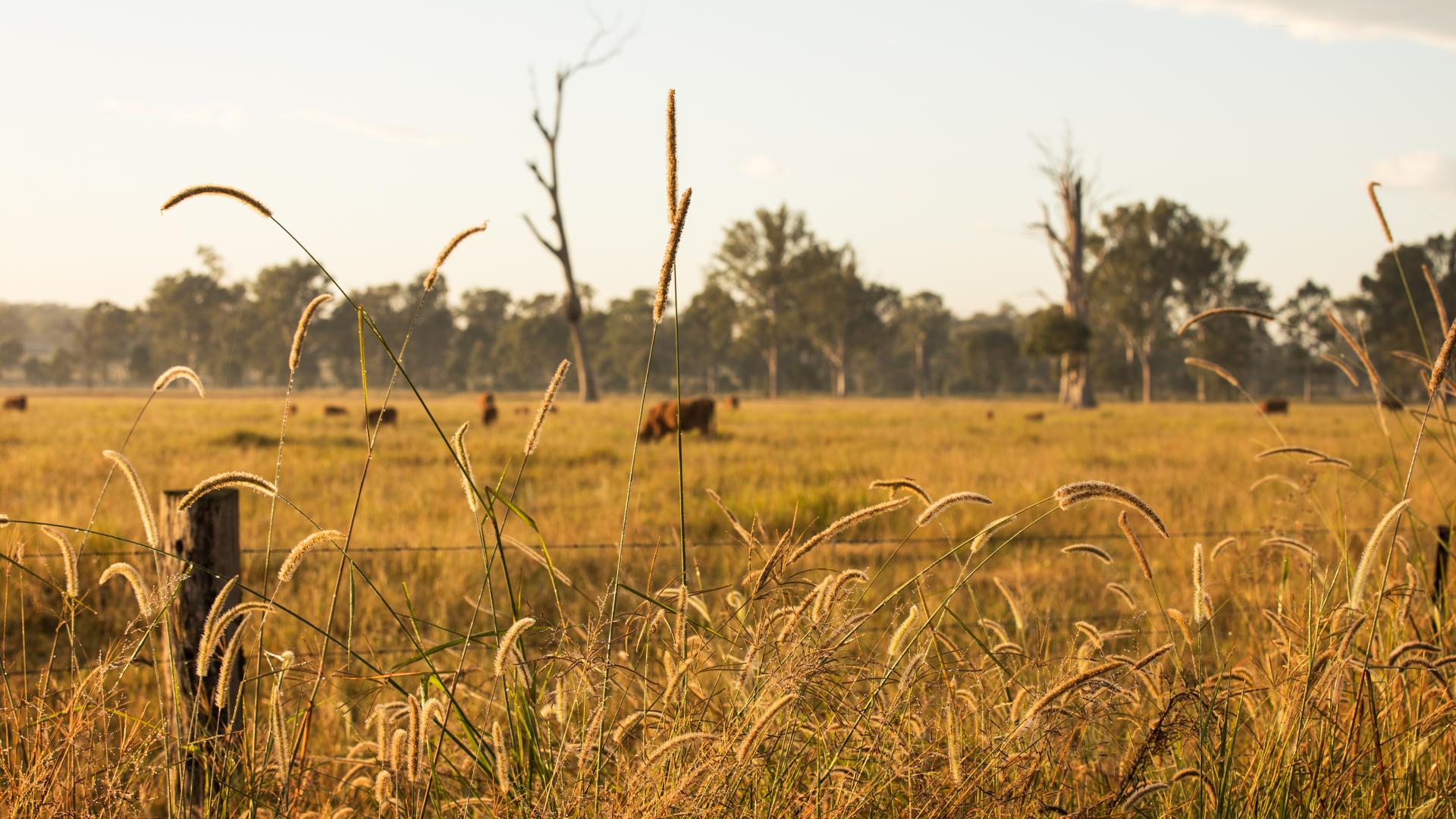
The current drought that is spread over most of Australia is one of the worst we have seen in many years. Unfortunately the hard working rural...
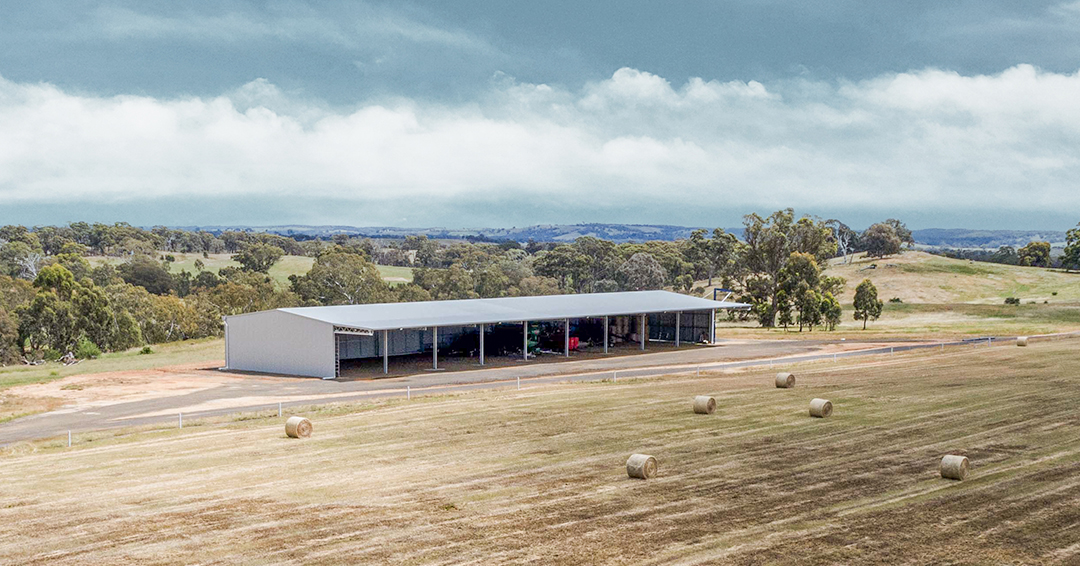
From South Australia’s Eyre Peninsula to the western districts of Victoria, many rural communities are enduring a mix of harsh dry spells and ...